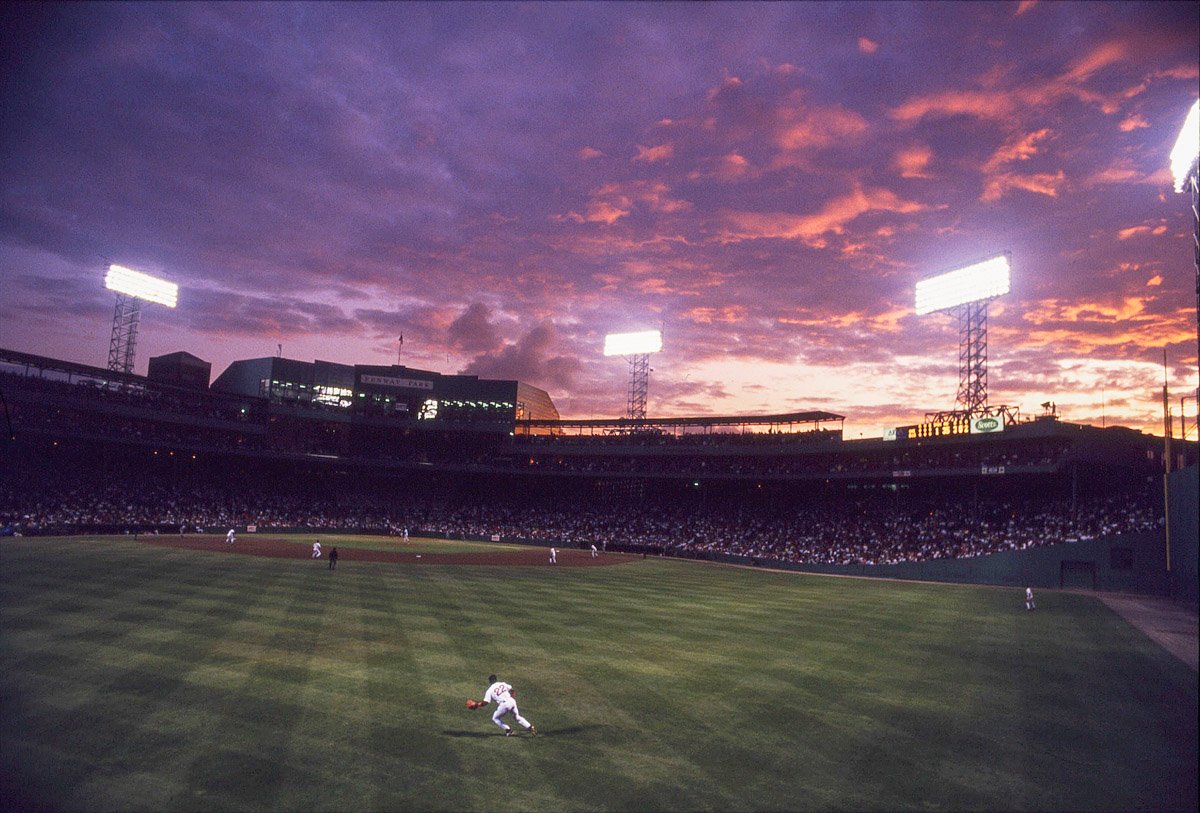
Life at Fenway (1985-1996)
It was the bottom of the 10th inning in game 6 of the 1986 World Series. With the Boston Red Sox holding a 3–2 series lead over the New York Mets, and just one strike away from securing the championship, the Sox would lose the game on a ground-ball error through the legs of Boston first baseman Bill Buckner. Two days later the Sox would go on to lose the Series, and it was just another brick in the wall of frustration for lifelong Red Sox fans allowing for the continuation of “The Curse of the Bambino”, the superstition that was used to explain the Red Sox's championship drought following their last World Series championship in 1918.
The New England region was living under this cloud of disappointment when I moved to Boston in the fall of 1986. I needed photography work, so with portfolio in hand, I found my way to a small Red Sox fan publication catering to the Sox faithful, Diehard: The Magazine with Sox Appeal. Publisher Rick Dunfey and managing editor Bruce Herman were impressed with my portfolio, and hired me on the spot. It was a freelance gig, and didn't pay much, but it got me in the door allowing me photo access to any Fenway Park game that I wanted to shoot. Along with sports photographer extraordinaire Bruce Schwartzman, who concentrated primarily on the action while I filled in with the color, we were the two primary photographers for the publication.
Built in 1912 Fenway Park was a magnificent old ball park. The light and atmosphere there were the complete opposite of Dodger Stadium, where I had spent the last three years shooting, but the change of scenery was inspiring, and I loved everything about photographing at that old Red Sox ball park; the history of the place, it's intimate size, the rabid fans, and the seriousness with which everyone took their baseball. Being inside Fenway was a deep dive into Boston and Red Sox culture although it wasn't always a pretty sight. Listening to conversations after the game in the staff and press bar, and seeing the lack of diversity in the stands, I was often appalled by the deep seated racism that I had only just heard about. Over time the Red Sox organization was sold to a more enlightened group of owners, and the City of Boston moved forward into the modern world, but in those years of shooting at Fenway Park, I learned a tad more than I ever really wanted to know about my new hometown.
(For image data, click thumbnail and hover cursor over enlarged photographs)





























